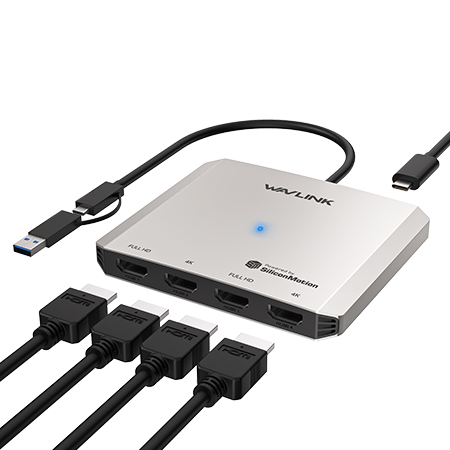Understanding the difference between static and dynamic IP addresses is crucial in managing network configurations effectively. This blog post dives into the definitions, features, and use cases of both static and dynamic IPs, shedding light on how they impact network connectivity and administration.
An IP address serves as a unique identifier for devices connected to a network. It allows data packets to be correctly routed between devices over the internet. The fundamental distinction lies in whether an IP address is assigned statically or dynamically.
A static IP address is manually configured for a device and remains constant over time. Once assigned, it does not change unless deliberately modified by a network administrator. This type of IP address is typically used when devices require consistent identification, such as servers, printers, or network equipment.
In contrast, a dynamic IP address is automatically assigned to a device by a Dynamic Host Configuration Protocol (DHCP) server. When a device connects to the network, it requests an available IP address from the DHCP server, which allocates an IP address from a pool of addresses. Dynamic IP addresses are temporary and subject to change each time the device reconnects to the network or after a lease duration set by the DHCP server expires. They are commonly used for personal computers, smartphones, and other devices that connect intermittently.
Consistency: A static IP address ensures that a device always has the same address, making it convenient for services that require a fixed location, such as remote access or hosting websites.
Port Forwarding: Static IPs simplify port forwarding since the device's address remains unchanged, allowing seamless access to specific services or applications within a network.
Administrative Control: Network administrators have full control over static IP assignments, enabling easier management and monitoring of devices.
Efficiency: Dynamic IP addresses are efficient in environments with a large number of devices. They allow for automatic and dynamic allocation, reducing the complexity of manual configuration.
Flexibility: As dynamic IPs are temporary, they permit more flexible network configurations and can accommodate devices that frequently join or leave the network.
IP Address Pool Optimization: Dynamic addressing ensures optimal utilization of available IP addresses, as devices only hold an address while connected to the network.
Understanding the distinction between static and dynamic IP addresses is essential for effective network administration. Static IP addresses provide consistency and control, making them suitable for devices requiring fixed identification. On the other hand, dynamic IP addresses offer efficiency and flexibility, which is beneficial for networks with a large number of devices that frequently connect and disconnect.
The choice between static and dynamic IPs depends on the specific requirements of the network and devices involved. By comprehending their features and use cases, network administrators can make informed decisions to optimize network connectivity and management.
Get the Scoop First
Subscribe to our official website to receive exclusive first-hand news and stay up-to-date on our new product releases and promotions!



